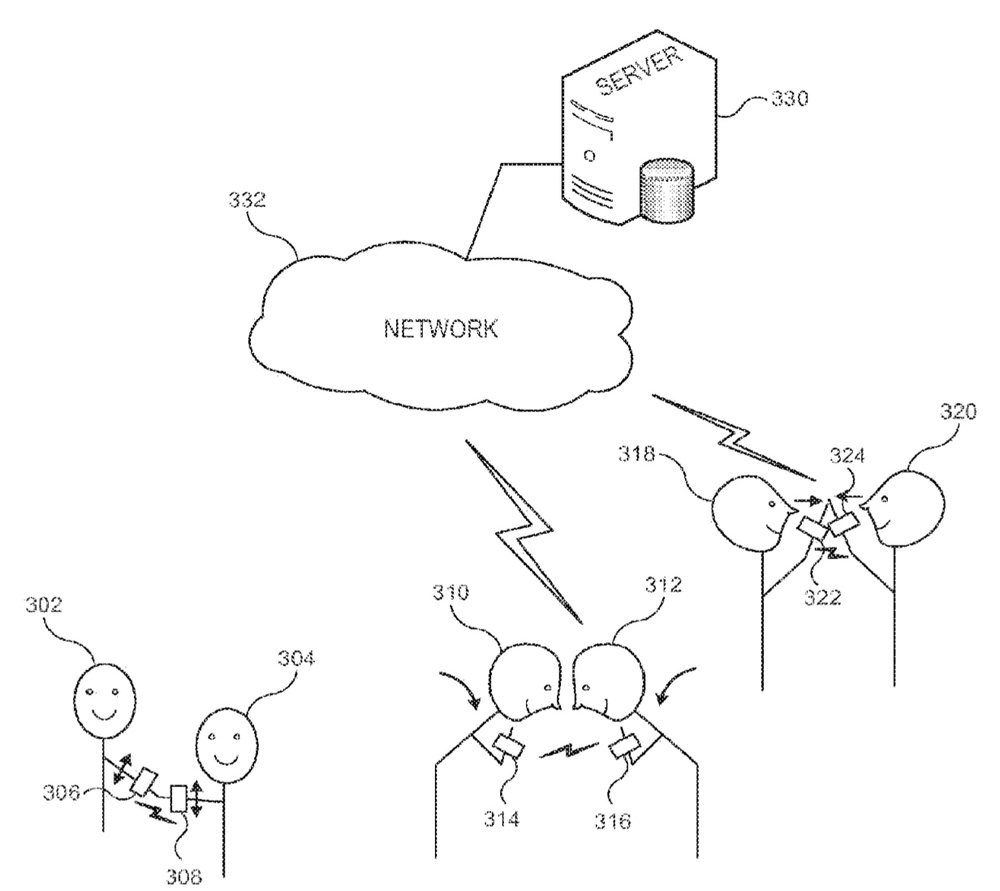Future iPhones and iPads (and perhaps even Mac laptops) could have flexible displays. Apple has filed for a patent (number 20170040306) for “electronic devices with soft input-out components.”
In the patent filing, Apple notes that it can be challenging to incorporate input-output devices into an electronic device such as smartphones, tablets and computers. Form factor considerations, reliability considerations, and various other factors may make it difficult or impossible for conventional input-output components to be used in certain devices.

For example, if an electronic device has bendable portions, traditional displays and touch sensors mounted in the device may be subject to stress-induced failures. Apple wants to be able to provide electronic devices with improved input-output devices — in other words, flexible screens.
Here’s Apple’s summary of the patent: “A flexible input-output device may be formed from an elastomeric substrate layer. The substrate layer may have signal paths to which components are mounted. Openings may be formed in the elastomeric substrate layer between the signal paths to create a stretchable mesh-shaped substrate. The electrical components may each include an interposer having solder pads soldered to the elastomeric substrate.
“Electrical devices such as micro-light-emitting diodes may be soldered to the interposers. The electrical components may also include electrical devices such as sensors and actuators. A stretchable lighting unit may have a stretchable light guide illuminated by a stretchable light source.”
Apple has also applied for a patent (number 20700038847) for “gesture-based information exchange between devices in proximity” that would allow Apple Watch owners to exchange data with a handshake or knuckle bump. The filing also mentions smartphones and tablets, but I feel that knuckle bumping an iPhone or iPad needs to be done carefully.

In the patent filing, Apple notes that the exchange of information can be wholly or partially automated and can occur in response to a device detecting a “greeting event.” The two user devices — such as two Apple Watches — belonging to different users need to be close to either other. The device owners then wouldsimultaneously execute a greeting gesture, such as a handshake, bow, hand slap, hug, or the like.
Here’s Apple’s summary of the patent: “Information items can be exchanged between user devices worn or carried by two different users in response to the devices detecting a “greeting event” in which the devices are in proximity and the users of the devices concurrently execute a greeting gesture. In response to detecting an event, each device can select zero or more information items or data objects to send to the other, with the selection being based on contextual information available to the device making the selection.”
Of course, Apple files for — and is granted — lots of patents by the U.S. Patent & Trademark Office. Many are for inventions that never see the light of day. However, you never can tell which ones will materialize in a real product.

